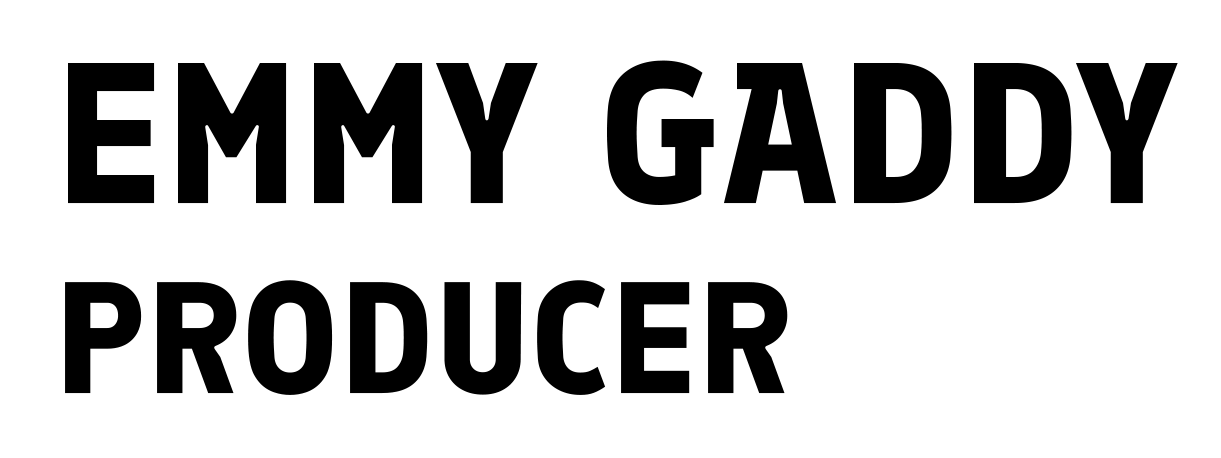What Is BTV Advertising and How Can It Boost Your Brand?
In a world dominated by digital ads, social media, and streaming platforms, you might be wondering: Does traditional broadcast television (BTV) advertising still have a place in modern marketing? The answer is a confident yes—but with some important considerations.
In this post, we’ll break down what BTV advertising is, discuss its pros and cons, and explore how it can still be a powerful tool to elevate your brand in today’s media landscape.
What Is BTV Advertising?
BTV stands for Broadcast Television, which refers to traditional television programming delivered over-the-air, through cable, or satellite. Unlike on-demand streaming, BTV follows a set schedule of programs, and advertising is typically delivered in commercial breaks during this programming.
BTV advertising refers to those commercials—usually 15 to 60 seconds long—that are inserted into the programming schedule. These ads can be run locally, regionally, or nationally depending on your goals and budget.
Unlike OTT (over-the-top) or streaming ads, BTV ads are part of a curated, live experience—especially effective during events like sports games, award shows, and nightly news programs.
Things to Consider: The Challenges of BTV Advertising
Before you dive into a BTV campaign, it’s important to understand some of the trade-offs:
1. Can Have Higher Production Costs
To meet the quality standards of broadcast TV, you'll need professional-grade production or at least a video editor that knows how to edit and export a video that will meet broadcast requirements.
2. Licensing and Usage Fees
Expect additional costs for voiceover talent, music, and actors—especially if the ad will air nationally. These costs are often tied to usage periods and broadcast reach, meaning fees can increase significantly upfront and over time.
3. Less Flexibility
Unlike digital platforms where you can swap out creative instantly, BTV advertising is set on a schedule. Once it airs, there’s no turning back or making mid-flight edits.
4. Limited Targeting
Although you can target geographically and by time slot, BTV lacks the precision of digital platforms that allow targeting by interests, browsing behavior, and user data.
5. Slower Analytics
While Nielsen ratings and third-party attribution tools exist, you won’t get real-time data like you do with digital ads. This makes quick optimization harder.
Why BTV Still Matters in the Digital Age
Despite the challenges, BTV continues to deliver significant advantages:
Massive Reach and Visibility
Broadcast television still reaches millions of viewers daily—especially during prime time, major sports events, and popular news broadcasts.
High Trust Factor
TV remains one of the most trusted forms of advertising. Viewers often perceive TV ads as more legitimate and credible than digital ones.
Cultural Impact
Think about the last big commercial you discussed with friends—it was probably a TV spot during the Super Bowl or a viral moment on late-night TV. BTV campaigns have a way of entering the cultural conversation in a way digital often can’t.
Key Benefits of BTV Advertising for Brands
1. Reach Broad, Engaged Audiences
TV lets you get in front of households across age groups and demographics—especially audiences who may not be active online.
2. Local and National Scalability
Whether you’re a regional business or a nationwide brand, BTV gives you scalable options to reach the right market.
3. Credibility and Prestige
Being seen on television boosts your brand’s perceived authority and trustworthiness.
4. Drives Digital Engagement
TV and digital work hand-in-hand. A well-placed BTV ad often drives search traffic, social engagement, and website visits.
5. Reliable Performance Metrics
Nielsen data and audience analytics provide insights into campaign effectiveness—even if it’s not as real-time as digital.
Common Misconceptions About BTV Advertising
Let’s clear up a few myths:
“It’s outdated”
Not true. Live TV—especially sports and news—is still among the most-watched content.“It’s too expensive”
While national campaigns can be pricey, local ad buys can be surprisingly affordable and offer strong ROI.“It’s not targeted”
TV targeting has improved with options like dayparting, channel-specific placements, and local broadcasting zones.
When BTV Advertising Makes Sense for Your Brand
You’re launching a new product and need mass exposure.
You want to build trust and credibility in a competitive market.
Your target audience consumes traditional media (e.g., homeowners, families, older demographics).
You’re planning a large-scale, multi-platform marketing campaign.
Tips for a Successful BTV Advertising Campaign
Craft a Clear Message: Your ad should convey your value proposition within the first 5 seconds.
Invest in Quality: Production value directly impacts brand perception—don’t cut corners.
Be Strategic: Choose the right time slots, programs, and frequency to match your audience’s habits.
Think Cross-Platform: Pair your BTV ad with digital and social promotions to maximize results.
Conclusion
While BTV advertising comes with its own set of challenges—like added licensing fees, higher production costs, and less flexibility—it remains a compelling tool for brands seeking credibility, reach, and impact.
If you're looking to build broad awareness and connect with a trusted audience at scale, BTV advertising may be exactly what your brand needs.
Ready to explore BTV for your next campaign? Reach out to a media strategist or production partner to see how it could fit your brand goals and budget.
